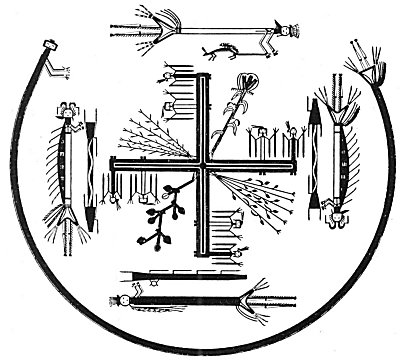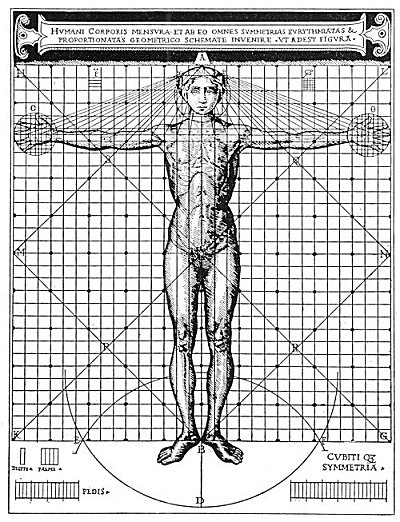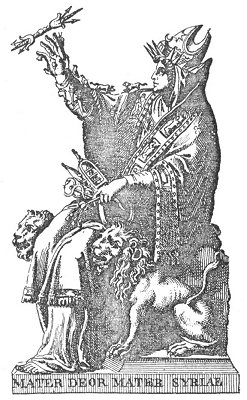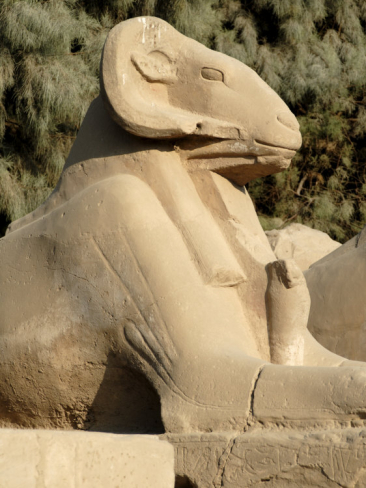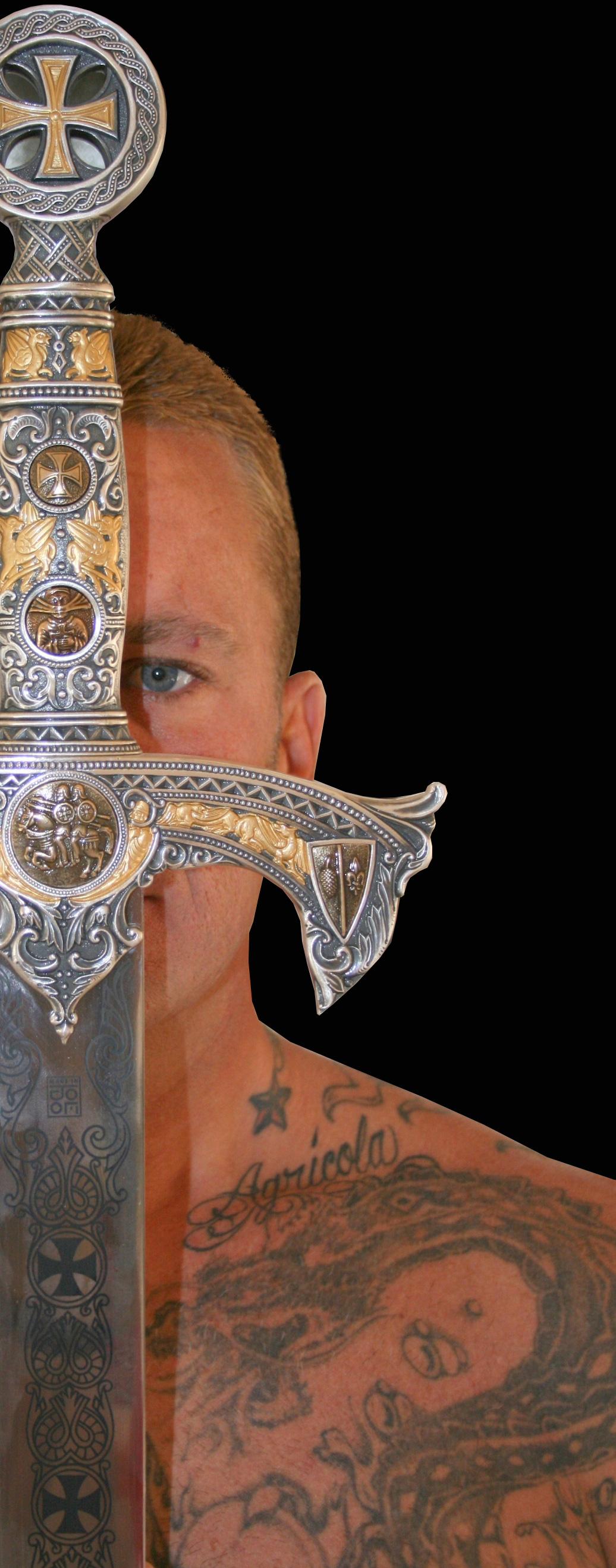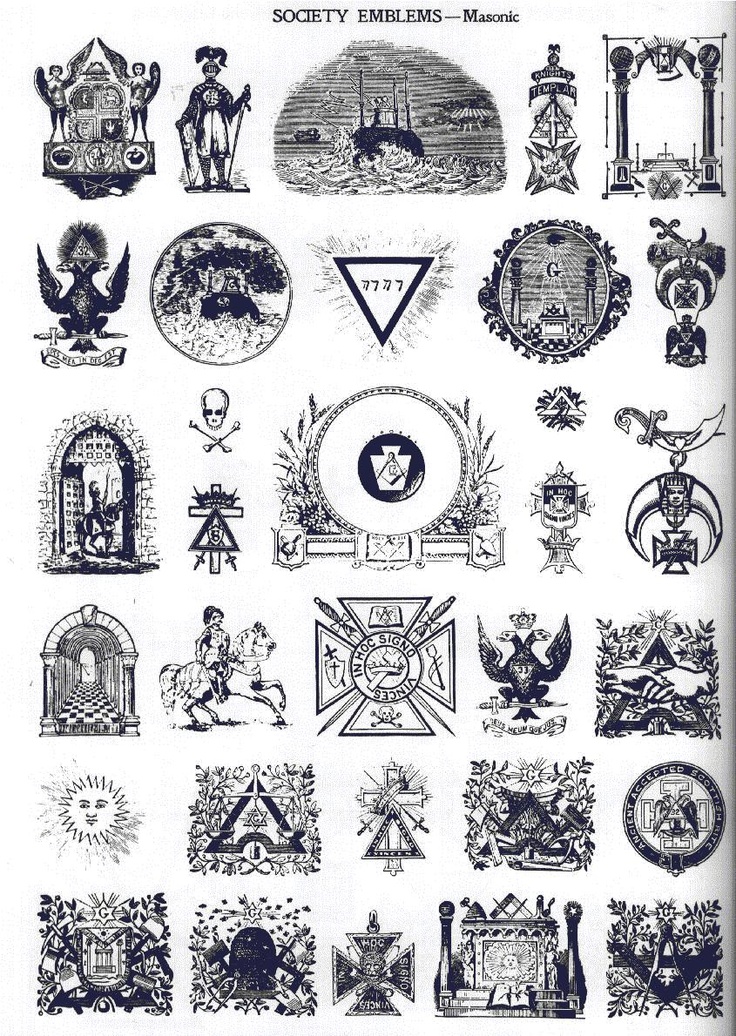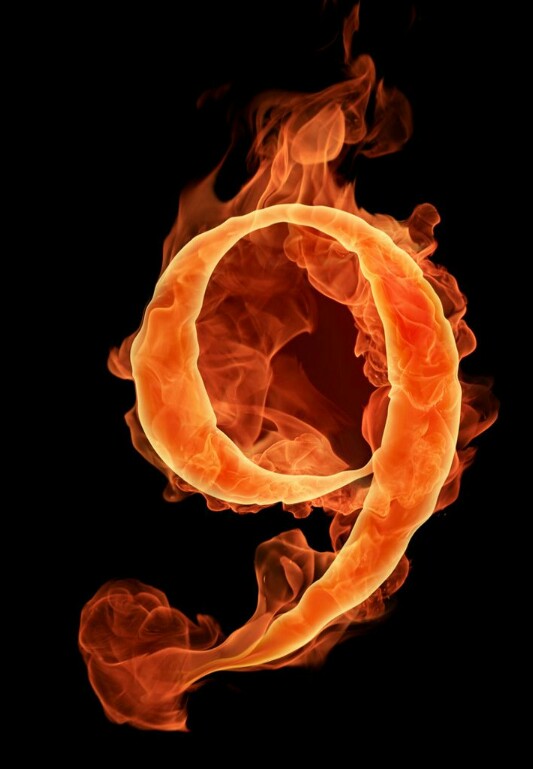p. 75
principle; in a state of unfoldment and regeneration it is the House or Sanctuary of the Deity by whose creative powers it was fashioned. “Personality is suspended upon a thread from the nature of Being,” declares the secret work. Man is essentially a permanent and immortal principle; only his bodies pass through the cycle of birth and death. The immortal is the reality; the mortal is the unreality. During each period of earth life, reality thus dwells in unreality, to be liberated from it temporarily by death and permanently by illumination.
While generally regarded as polytheists, the pagans gained this reputation not because they worshiped more than one God but rather because they personified the attributes of this God, thereby creating a pantheon of posterior deities each manifesting a part of what the One God manifested as a whole. The various pantheons of ancient religions therefore actually represent the catalogued and personified attributes of Deity. In this respect they correspond to the hierarchies of the Hebrew Qabbalists. All the gods and goddesses of antiquity consequently have their analogies in the human body, as have also the elements, planets, and constellations which were assigned as proper vehicles for these celestials. Four body centers are assigned to the elements, the seven vital organs to the planets, the twelve principal parts and members to the zodiac, the invisible parts of man’s divine nature to various supermundane deities, while the hidden God was declared to manifest through the marrow in the bones.
It is difficult for many to realize that they are actual universes; that their physical bodies are a visible nature through the structure of which countless waves of evolving life are unfolding their latent potentialities. Yet through man’s physical body not only are a mineral, a plant, and an animal kingdom evolving, but also unknown classifications and divisions of invisible spiritual life. just as cells are infinitesimal units in the structure of man, so man is an infinitesimal unit in the structure of the universe. A theology based upon the knowledge and appreciation of these relationships is as profoundly just as it is profoundly true.
As man’s physical body has five distinct and important extremities–two legs, two arms, and a head, of which the last governs the first four–the number 5 has been accepted as the symbol of man. By its four corners the pyramid symbolizes the arms and legs, and by its apex the head, thus indicating that one rational power controls four irrational corners. The hands and feet are used to represent the four elements, of which the two feet are earth and water, and the two hands fire and air. The brain then symbolizes the sacred fifth element–æther–which controls and unites the other four. If the feet are placed together and the arms outspread, man then symbolizes the cross with the rational intellect as the head or upper limb.
The fingers and toes also have special significance. The toes represent the Ten Commandments of the physical law and the fingers the Ten Commandments of the spiritual law. The four fingers of each hand represent the four elements and the three phalanges of each finger represent the divisions of the element, so that in each hand there are twelve parts to the fingers, which are analogous to the signs of the zodiac, whereas the two phalanges and base of each thumb signify the threefold Deity. The first phalange corresponds to the creative aspect, the second to the preservative aspect, and the base to the generative and destructive aspect. When the hands are brought together, the result is the twenty-four Elders and the six Days of Creation.
In symbolism the body is divided vertically into halves, the right half being considered as light and the left half as darkness. By those unacquainted with the true meanings of light and darkness the light half was denominated spiritual and the left half material. Light is the symbol of objectivity; darkness of subjectivity. Light is a manifestation of life and is therefore posterior to life. That which is anterior to light is darkness, in which light exists temporarily but darkness permanently. As life precedes light, its only symbol is darkness, and darkness is considered as the veil which must eternally conceal the true nature of abstract and undifferentiated Being.

Moe is the founder of GnosticWarrior.com. He is a father, husband, author, martial arts black belt, and an expert in Gnosticism, the occult, and esotericism.

